My Role: Creative Director, Design and Experience Lead
As part of a team of engineers and artists, I led the design of a virtual reality experience that was based on a data set given to us by the organizers of ShmooCon, “an annual east coast hacker convention offering three days for demonstrating technology exploitation, inventive software and hardware solutions, and open discussions of critical infosec issues.” My team was granted access to the race the year before to gain tickets online. I took this data set and created a story, mapped the initial visuals from wires to full high definition 3D animation which was developed into a virtual reality experience and installation. The installation provided a space for participants to watch the VR experience as it was unfolding each time.
Tools: Unity, Unreal, Cinema 4D, XD, Max, Ableton Live, VS Code, Adobe Photoshop, Illustrator, and After Effects
Duration: 1 Year and 6 Months
Scope: 3D Animations, 3D Visualizations, Storyboards, Pitch Decks, Budget Analysis, Fabrication and Installation Research
Design and produce a stand alone VR app and an immersive installation the VR experience would be projected on.
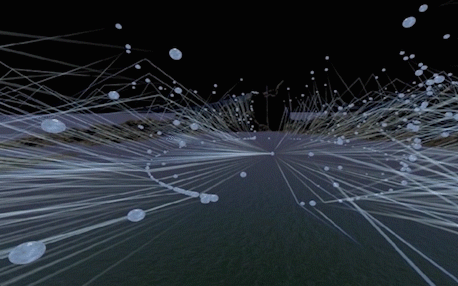
háček presents a physical installation, VR experience, and printed data maps. It employs data to inform an immersive installation while positioning it’s larger impact towards metaphors of networked landscape, security and wayfinding. The data used is taken from real network traffic logs, tracking hackers in real time as they race to be the first in line at the Shmoo Group website, pummeling the site with DDOS, port scans, and sneaky malware as they compete to be the first to get their hands on the prize. I designed the VR experience, visuals and physical isntallation of this project.
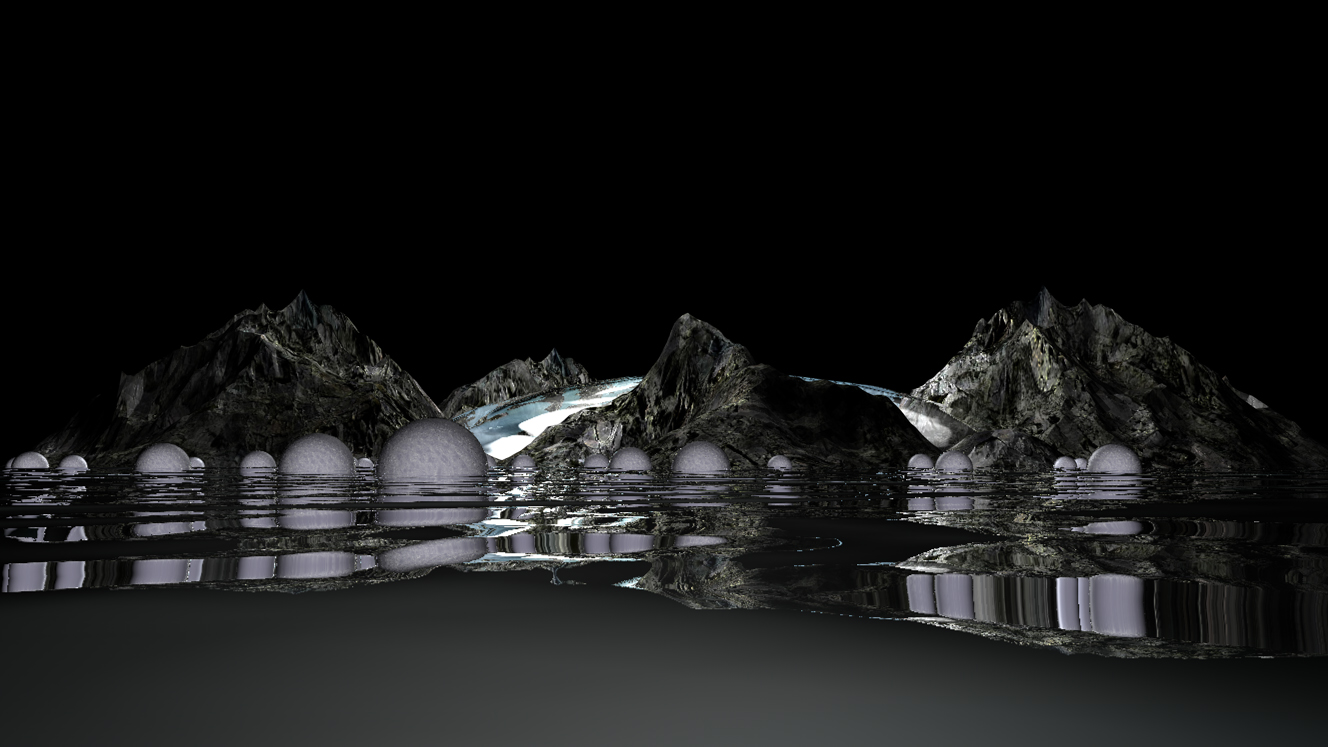
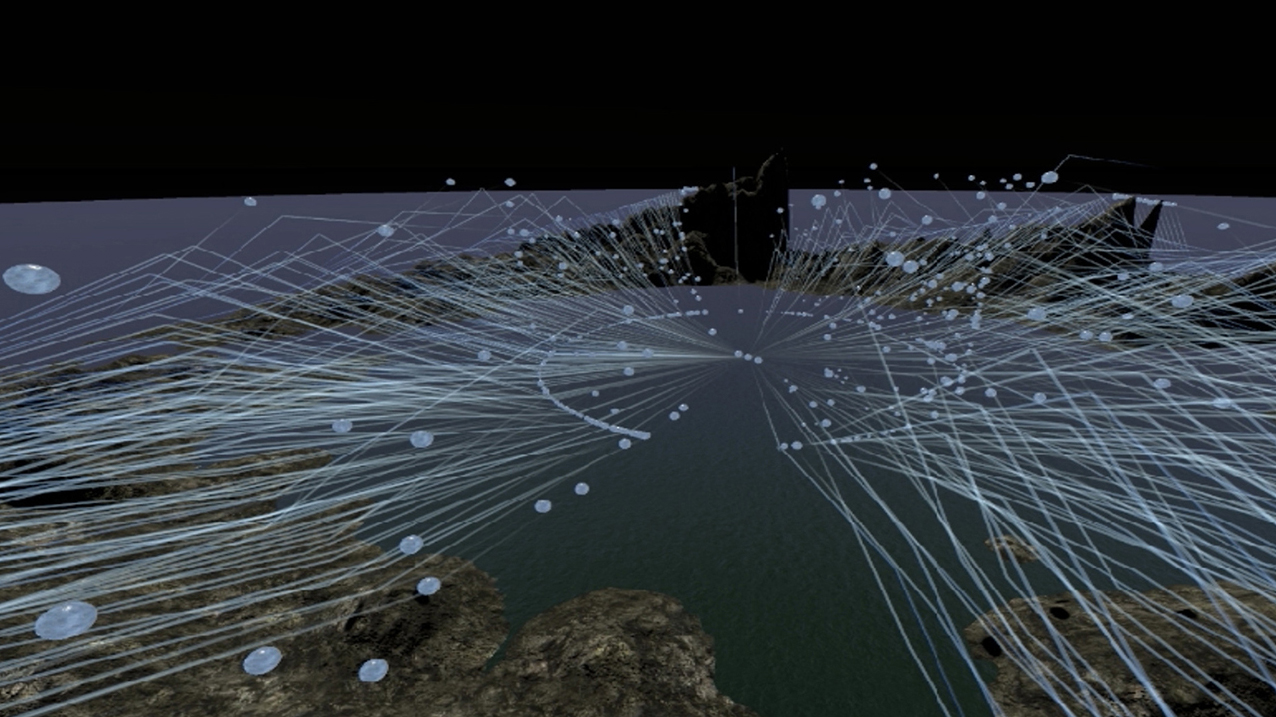
For the visuals of the VR, I began with Cinema 4D animations to tell the data story. The piece was then developed in Unity and then again in Unreal implementing the clients data. I extracted early sketches from Unity as stills for printed take-away data visualizations.
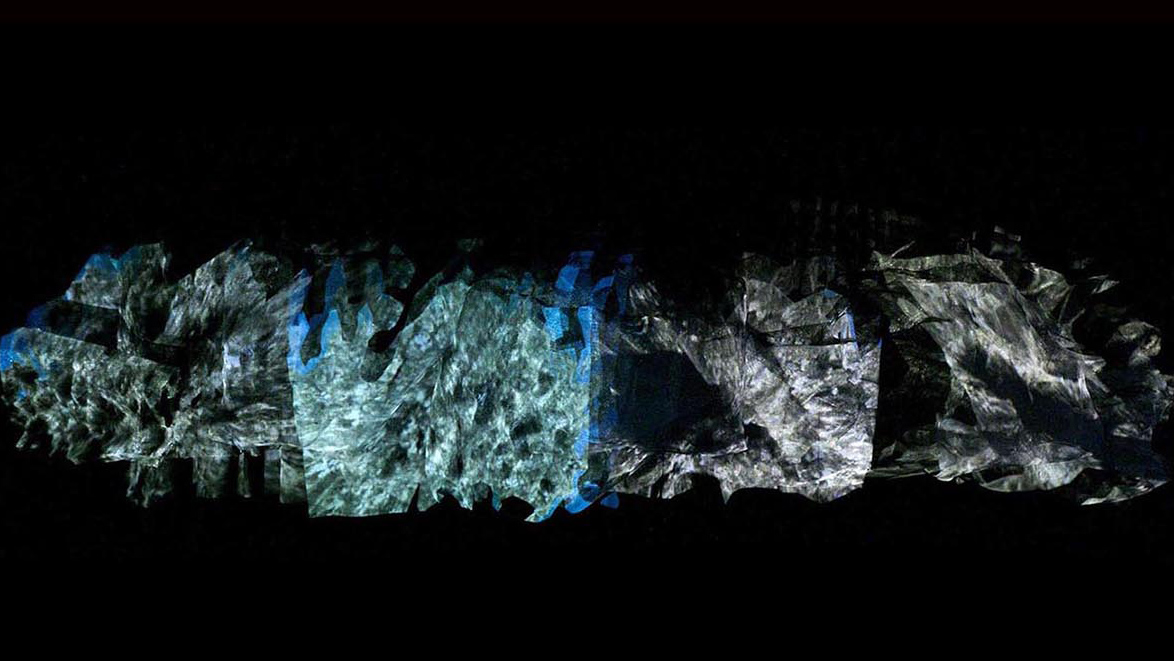
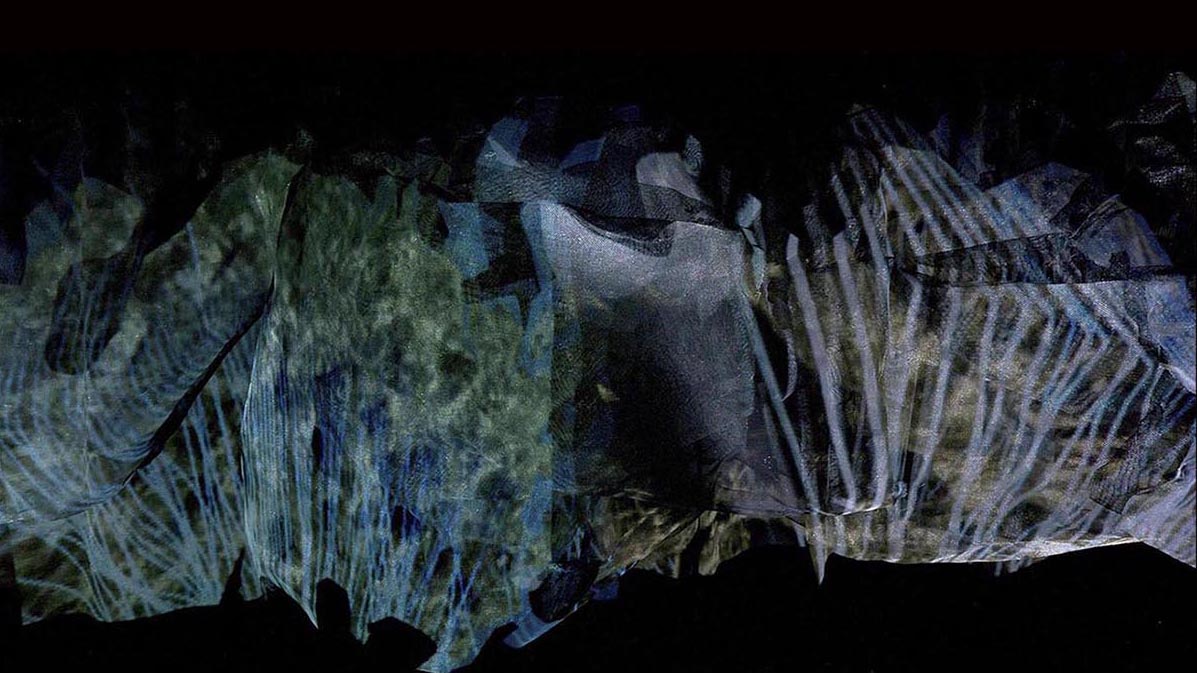
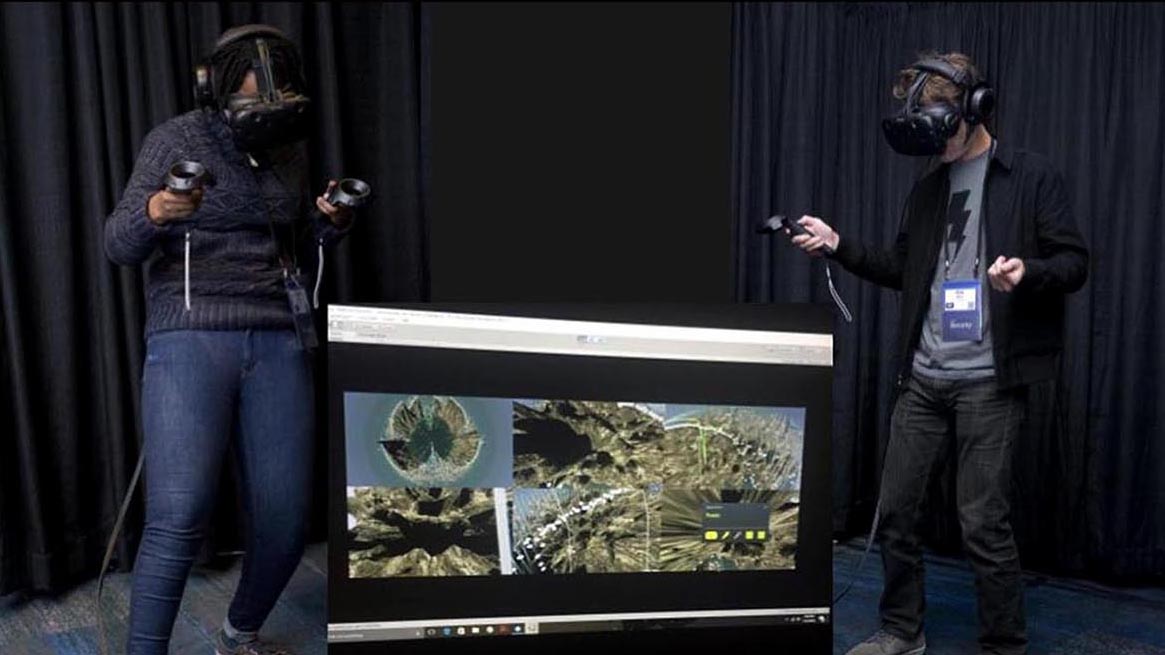
I designed a sculptural surface out of 'fly screen' to project the VR visuals on outside of the headset. When creating the experience it was important to create space for others to engage when not in the headset.
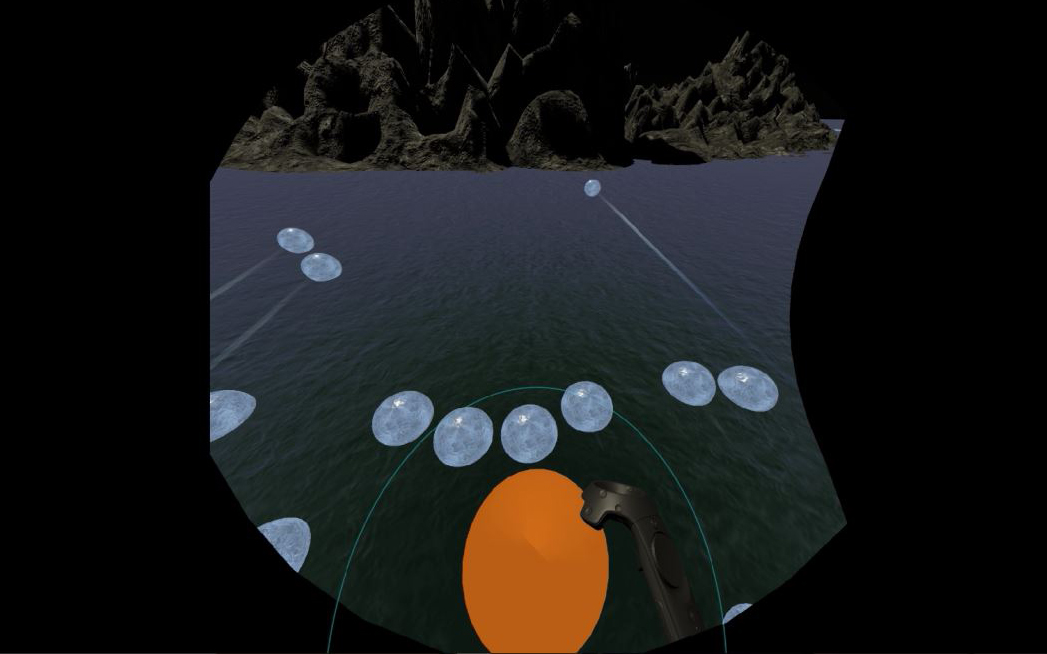
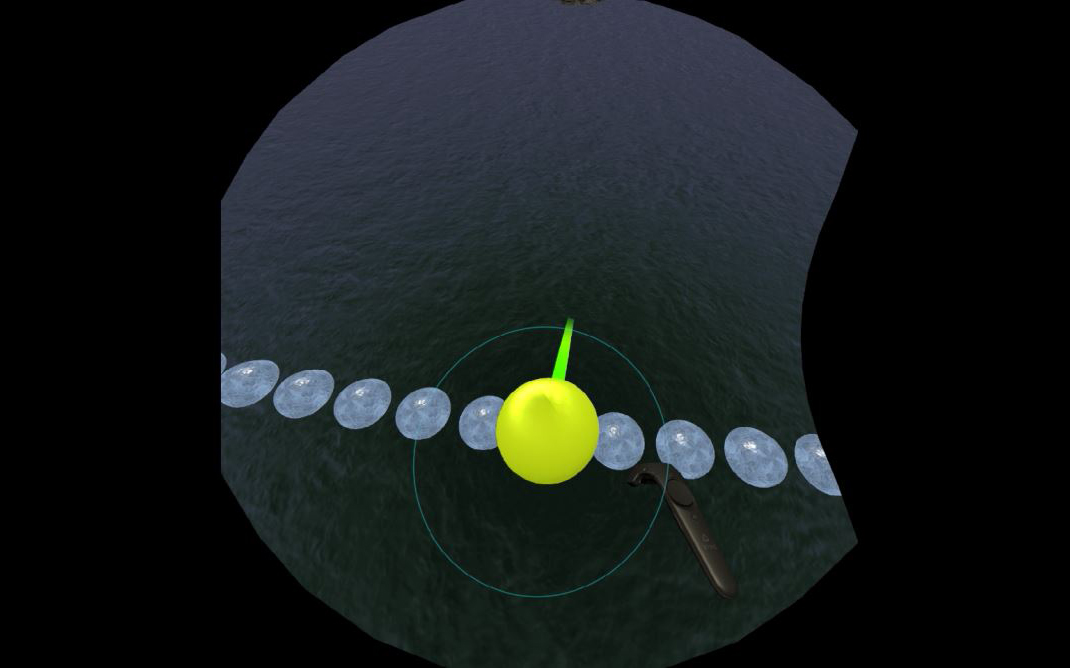
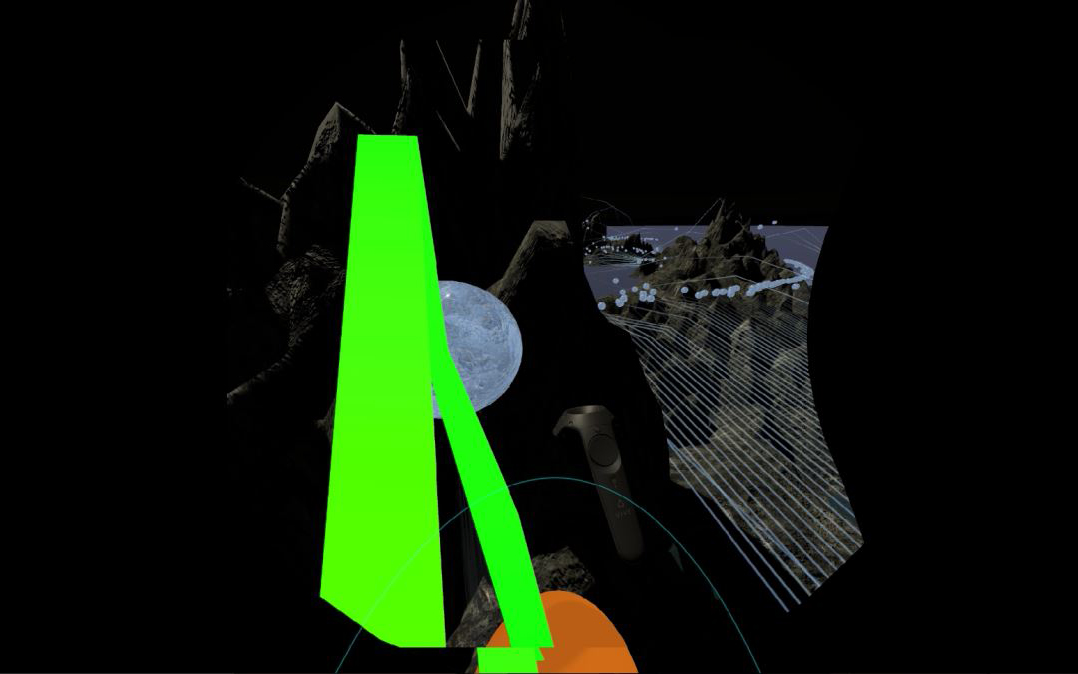
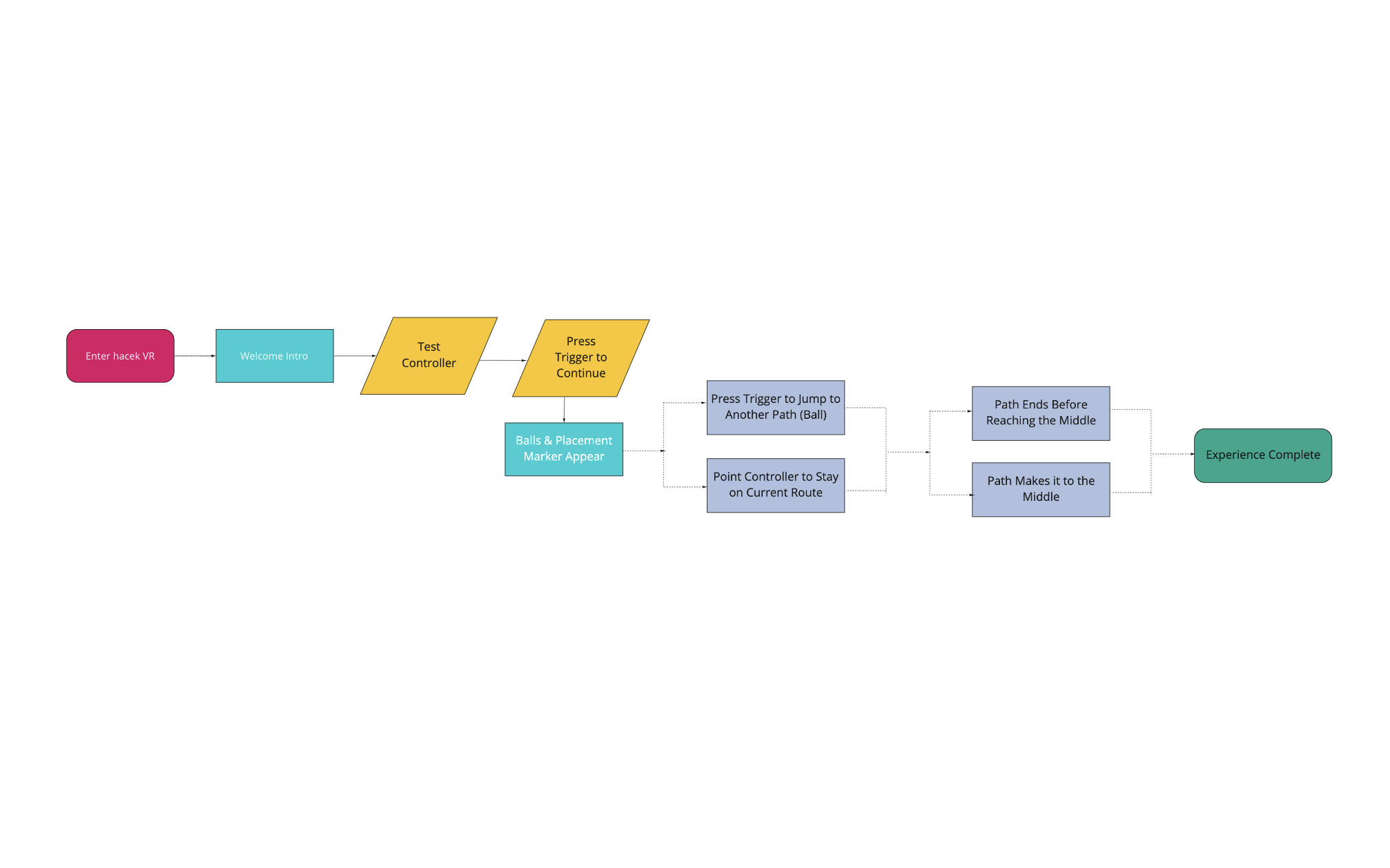
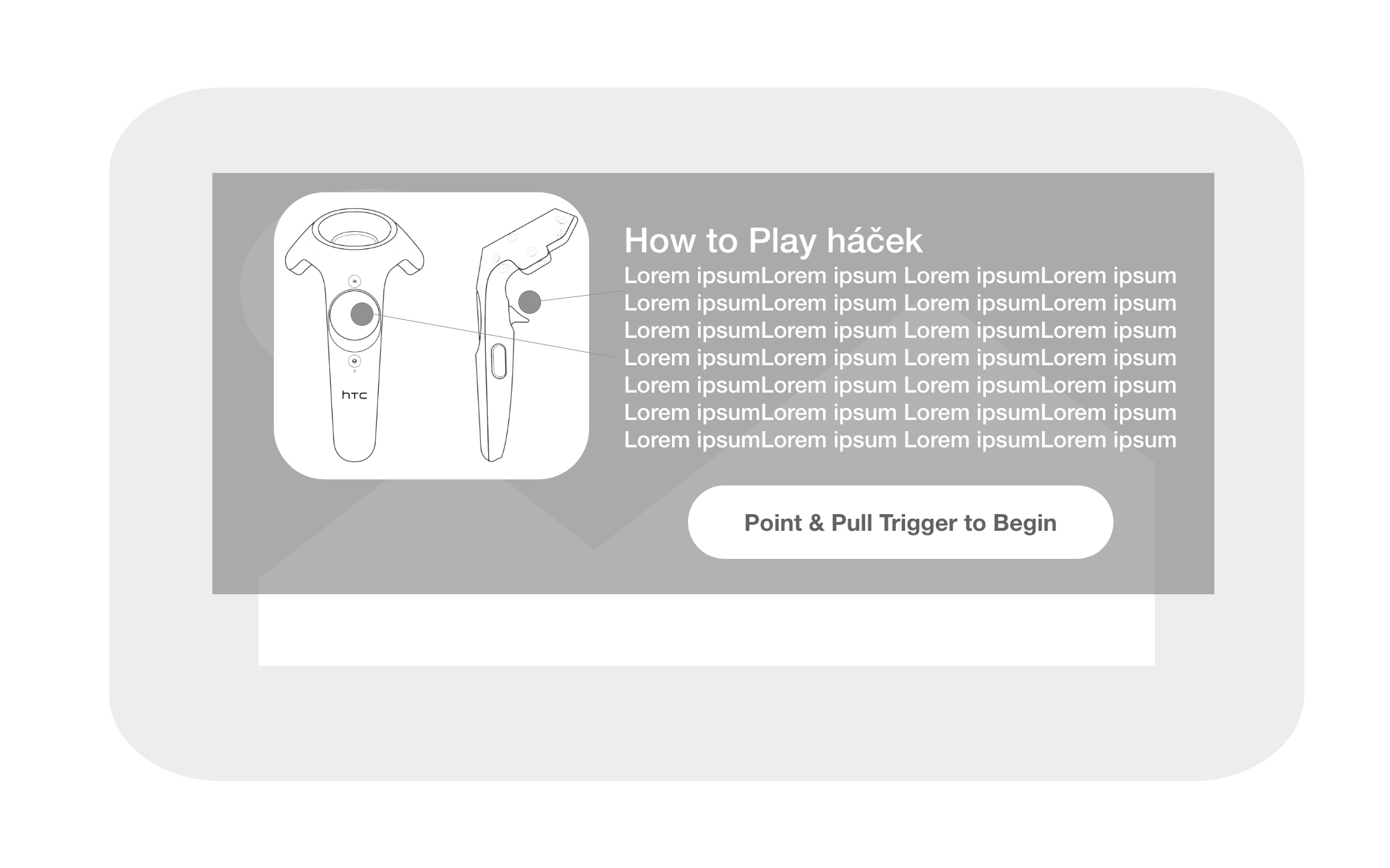
The user flow and navigation were designed to for an intuitive experince. By keeping the options to choose a path simpe, users can take in more of the experience and have less interactive distractions from the journey. Users can try to navigate towards the center by jumping to what might be the 'right' path, however many will end before they get to the center. Still, one can look around at any point and see all of the data paths around them, which is it's own reward as they ark and bend above the mountain and water.

